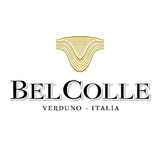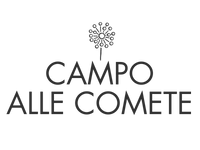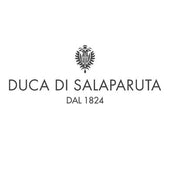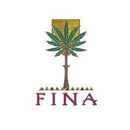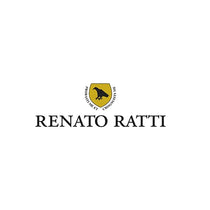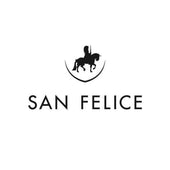First year production : 1940
Properties : Antinori family
Enologist : Maximilian Pasquini
Agronomist : Maximilian Pasquini
Conduction : Ecosustainable
Bottles produced : 865.000
Hectares : 170,00
Address : from the A1 exit of Orvieto, continue all the way to Ficulle.

How do you have to feel when you have created an icon wine, a wine of which everyone, in Italy and abroad, speaks? We have often wondered about it, thinking about the story that Renzo Cotarella tells about the creation of the Cervaro della Sala, conceived after the dazzling encounter, at the end of the Seventies, with an old vintage of Corton Charlemagne. Renzo did not know, probably, how much of his attempt to inspire one of the world's greatest Chardonnays would change the history of Italian wine, until now known above all for some great reds, but considered absolutely inadequate to compete with France for white people. The years, then the decades have passed, from that first vintage, the 1985. The Cervaro has repeatedly changed its capacity, both for the proportions between Chardonnay and Grechetto, and for the more or less accentuated use of barriques, which after a peak in the nineties, has been progressively scaled back. But the Cervaro does not lose a shot, practically never, in any vintage ; not even in a sickened and hot like the 2017, considered unlucky for white people. Long live the King!














































































